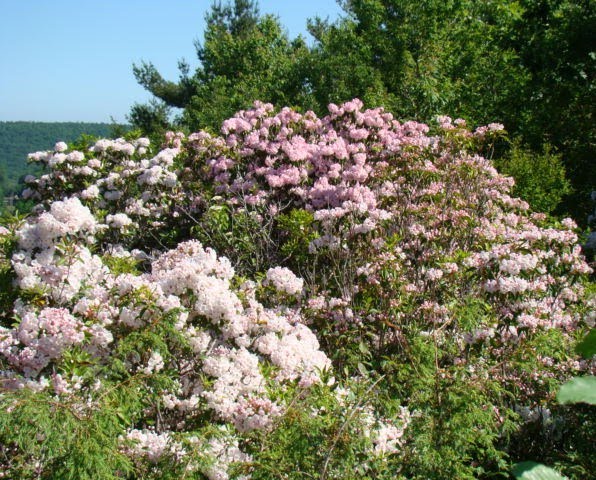
General Information
Kwanzan Flowering Cherry bears very attractive, double pink flowers in spring. It is a spectacular sight in full bloom and has been planted in Washington, D.C. for the annual Cherry Blossom Festival. This variety of Flowering Cherry produces no fruit.
Kwanzan Flowering Cherry is not native to North America but can be found in Massachusetts, Washington, D.C. and California. Its potential planting range includes the central and lower tiers of United States, from Massachusetts to California including the Pacific Northwest states.
Plant Habit and Form
Kwanzan Flowering Cherry reaches 25 to 30 feet in height. It has a vase-shape with a spreading crown. The 3- to 5-inch alternate leaves of this deciduous tree are simple, ovate to lancelolate, and turn yellow in the fall. The reddish to brown bark is glossy and has prominent horizontal lenticels.
Growing Requirements
Kwanzan Flowering Cherry grows in full sun. It is hardy in zones 5 to 9 and prefers moist, well-drained soil and has moderate drought tolerance.

Flowering and Fruiting
Kwanzan Flowering Cherry bears a profusion of very showy, double pink flowers that cluster in large clumps. This variety of Japanese Flowering Cherry is sterile and typically doesn’t produce fruit.
Pests and Diseases
Kwanzan Flowering Cherry has a relatively short life span of about 15 to 20 years. It can be bothered by aphids, tent caterpillars, spider mites, scale, and verticillium wilt.
ID Tips
Conspicuous horizontal lenticels along twigs, branches and trunk. Twigs have very prominent large red buds. Very showy clusters of double pink blossoms along the branches.

